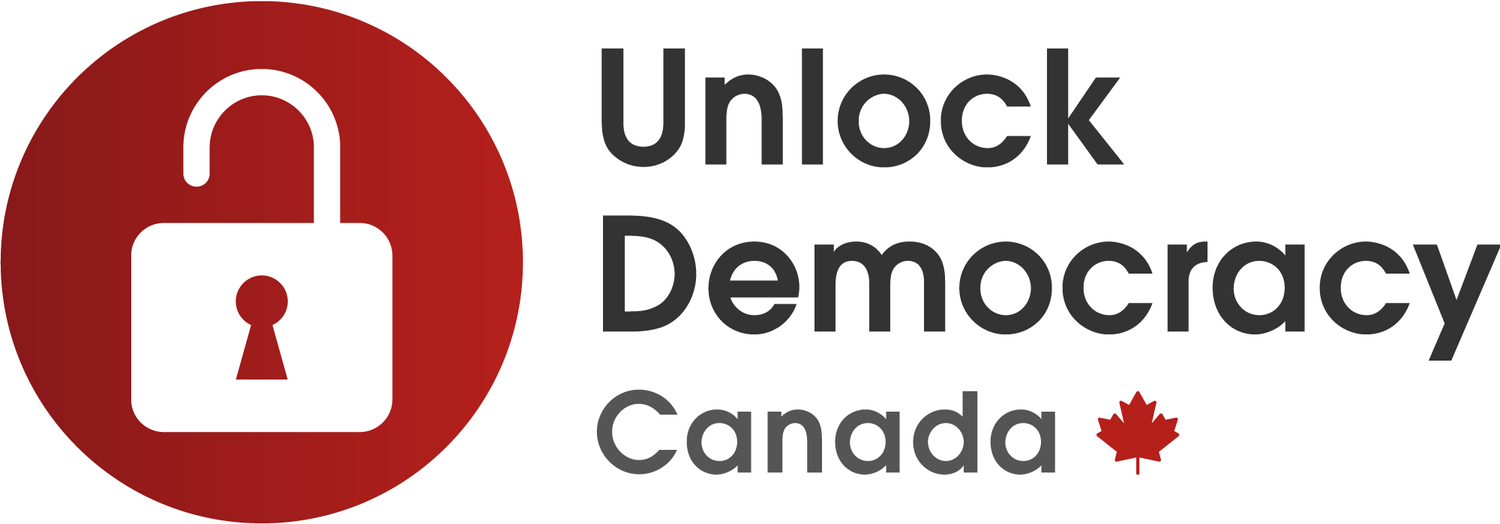Germany uses Mixed-Member Proportional in general elections - how does it compare to Canada?
Last weekend, Germany held a general election using Mixed-Member Proportional (MMP) representation. Chancellor Angela Merkel won a historic third term in office, but although she won almost 42% of the popular vote, she needs to find a coalition partner to form government. Whoa! – hold on a second. Even though Merkel has almost 42% of the vote, she still needs to find a coalition partner?
Critics use Israel and Italy as punching bags to demonstrate how proportional representation leads to unstable governments. Yet they will often ignore the fact that many countries using proportional representation produce strong, stable governments – even an economic powerhouse like Germany.
Unlike Canada, Germany uses proportional representation to elect its officials. MMP ensures that no party receives more representation in its house of parliament, the Bundestag. Germans vote for both a candidate in their local riding, but they also vote a second time for their preferred party. A certain number of seats are then distributed to the second party ballot to ensure that the results of the election are actually proportionate to what the electorate voted for. This means that Angela Merkel’s Christian Democrats (CDU) will only take 42% of the seats.
One interesting feature of the German system is that a party either needs to reach a 5% electoral threshold or they must elect three members in constituency if the party is to have proportional representation in the Bundestag. This means that if a party does not reach 5% on the second ballot and elects less than three members in constituencies, then it is not proportionally represented in parliament. Merkel’s preferred coalition partner, the Free Democrats (FDP), did not reach the 5% threshold in this election, so it will not be represented in parliament. There is speculation that Merkel is looking to build a grand coalition with her main rivals, the Social Democrats. If such a grand coalition is formed, this means that parties that make up a staggering 68% of the German electorate will form government!
This is in stark contrast to Canada’s first-past-the-post (FPTP) system, where historically parties win about 40% of the popular vote, with well over 50% of the seats in parliament. For example, in the 2011 election, the Conservative party got just under 40% of the popular vote, but got almost 54% of the seats of parliament, effectively giving them 100% of the power. People often point to the instability of minority governments in Canada as to why proportional representation might not work in Canada. Yet FPTP arguably creates a combative, winner-take-all environment – every party knows that they may only need 38% of the popular vote to win the majority of seats in parliament. Yet Germany demonstrates that parties can and do work together to produce strong, stable, and representative governments.
This is not to say that MMP is perfect – every electoral system has its limitations. Some criticize that the party vote in Germany is secret, so ordinary Germans don’t have any say over who they are electing with their second ballot. If Canada were to adopt a MMP, as suggested by the NDP, then a discussion would need to take place on how the second party vote would work, and whether we should institute a similar 5% threshold.
To help bring proportional representation to Canada, don't forget to join Unlock Democracy.


